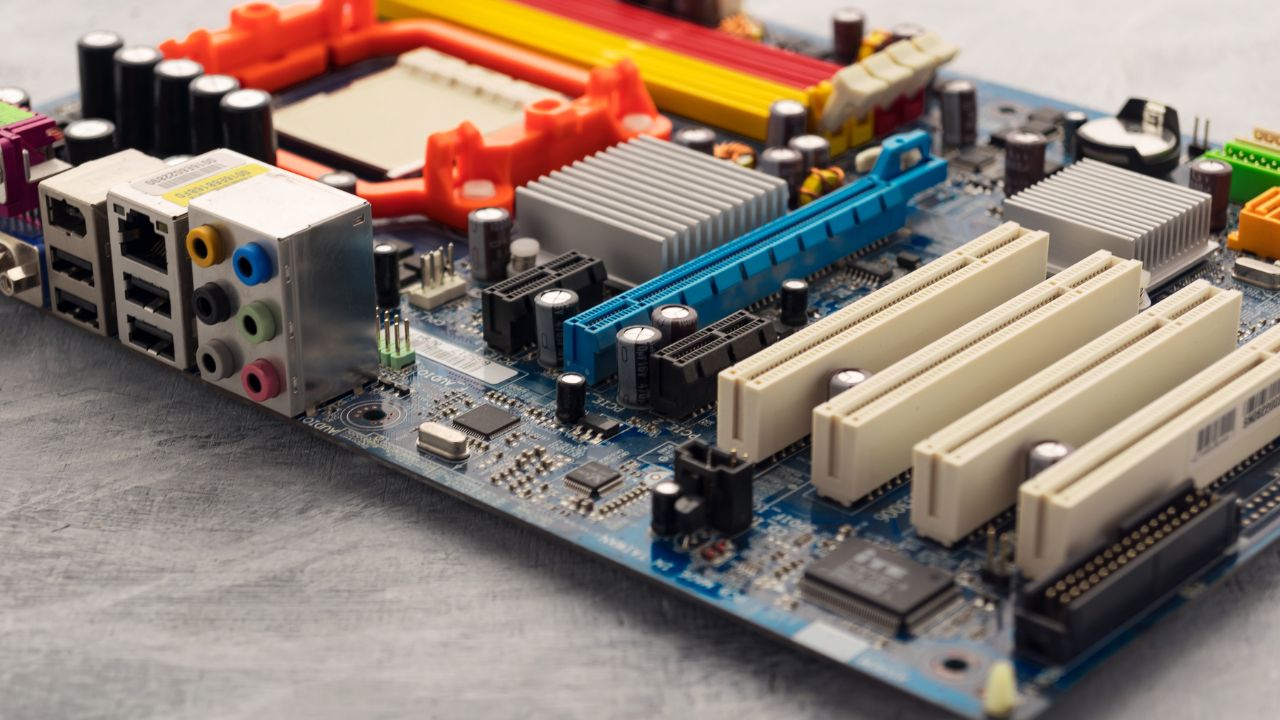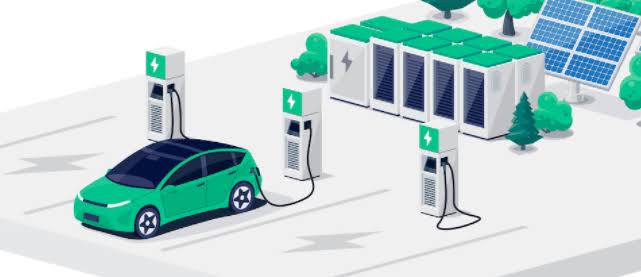As the world transitions towards sustainable transportation, electric vehicles (EVs) play a crucial role in reducing greenhouse gas emissions and mitigating climate change. However, the widespread adoption of EVs presents unique challenges, particularly concerning charging infrastructure and grid integration. Smart charging solutions offer innovative approaches to address these challenges, optimize charging efficiency, and support grid stability. In this comprehensive guide, we’ll explore various smart charging solutions for electric vehicles, including demand response programs, time-of-use pricing, and vehicle-to-grid (V2G) integration, and their role in shaping the future of transportation and energy.
Demand Response Programs
Demand response programs enable utilities and grid operators to manage electricity demand during peak periods by incentivizing consumers to adjust their electricity usage. In the context of electric vehicles, demand response programs encourage EV owners to charge their vehicles during off-peak hours when electricity demand is lower and renewable energy generation is higher. By shifting EV charging to times of the day when electricity and augusta gas is abundant and cheaper, demand response programs help reduce strain on the grid, minimize the need for additional infrastructure investments, and promote the integration of renewable energy sources.
Time-of-Use Pricing
Time-of-use (TOU) pricing is a pricing strategy that varies electricity rates based on the time of day and the level of demand on the grid. With TOU pricing, electricity rates are typically lower during off-peak hours when demand is lower and higher during peak hours when demand is higher. EV owners can take advantage of TOU pricing by scheduling their charging sessions to coincide with off-peak hours, allowing them to save money on electricity costs while supporting grid stability. TOU pricing encourages consumers to shift their energy consumption away from peak periods, leading to more efficient use of resources and reduced strain on the grid infrastructure.
Vehicle-to-Grid (V2G) Integration
Vehicle-to-grid (V2G) integration is a revolutionary concept that allows electric vehicles to interact with the electricity grid by both drawing energy from the grid for charging and returning energy back to the grid when needed. In a V2G system, EV batteries serve as distributed energy storage units, capable of storing excess energy from renewable sources or supplying energy back to the grid during peak demand periods. V2G integration offers numerous benefits, including grid stabilization, load balancing, and the potential for EV owners to earn revenue by participating in grid services such as frequency regulation and demand response. By harnessing the collective energy storage capacity of EVs, V2G integration can help optimize charging efficiency, support renewable energy integration, and enhance grid resilience.
Grid Integration Challenges and Solutions
While smart charging solutions offer significant benefits for both EV owners and grid operators, there are several challenges associated with their implementation and grid integration. One challenge is the need for robust communication and control systems to coordinate EV charging with grid conditions and user preferences effectively. Additionally, interoperability standards and protocols are needed to ensure compatibility and seamless integration of smart charging technologies with existing grid infrastructure. Cybersecurity and data privacy concerns also need to be addressed to protect sensitive information and ensure the reliability and security of smart charging systems.
To overcome these challenges, collaboration between stakeholders, including utilities, automakers, charging infrastructure providers, and policymakers, is essential. By working together to develop standardized protocols, interoperable systems, and regulatory frameworks, stakeholders can accelerate the deployment of smart charging solutions and unlock the full potential of electric vehicles as flexible grid assets. Furthermore, investments in grid modernization and infrastructure upgrades will be necessary to support the increased electrification of transportation and ensure grid reliability and resilience in the face of evolving energy trends and challenges.
Conclusion










